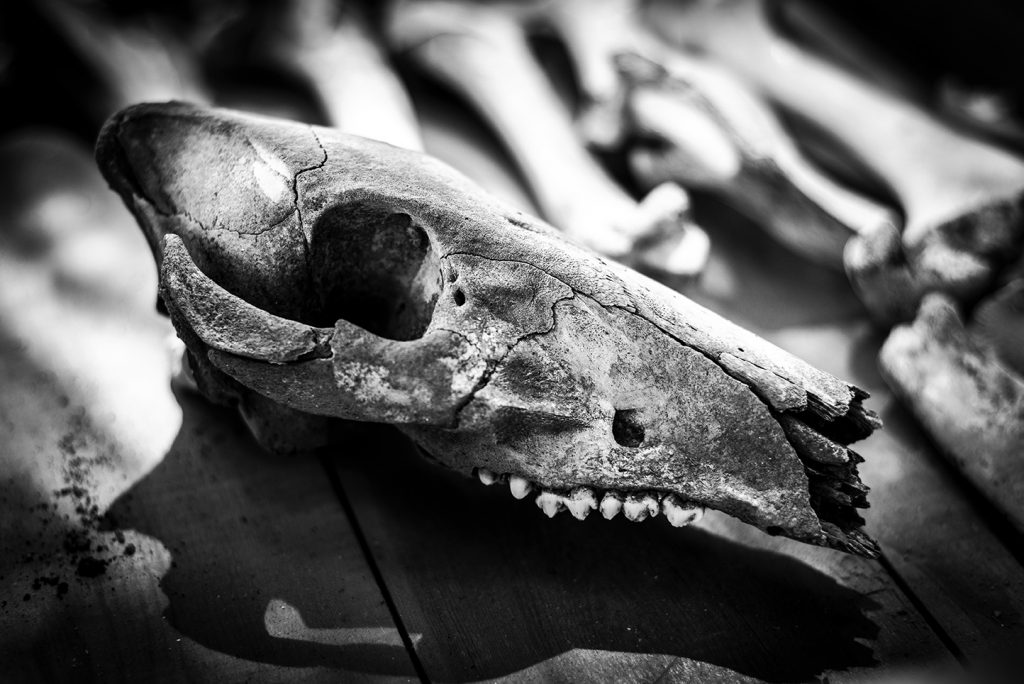ZOOARCHAEOLOGY

Zooarchaeology (or archaeozoology) can be defined as the science that systematically studies and interprets animal bones recovered from archaeological excavations with the help of other archaeological data and ethnographic observations. The aim of archaeozoology is to understand the way of life of past human societies by interpreting the relationship of humans with their environment and especially animals. The study subjects of archaeozoology are quite diverse. The process of the domestication of animals, animal husbandry activities, the dietary habits of humans, stratigraphic and chronological periods, climate, and the ritual use of animals are among the main topics that archaeozoology sheds light on.
Although examples of archaeozoological studies date back to the 18th century, the works of Swiss scientists L. Rütimeyer and J. Ulrich Duerst at the end of the 19th century and the beginning of the 20th century are some of the first examples of modern archaeozoology. Rütimeyer’s study aimed to understand which animals were consumed by examining the cut and fragmentation marks on mammal bones found in a Neolithic settlement in Switzerland in 1862, and Duerst’s study from 1904-1907 examined the domestication of wild sheep and cattle at the site of Anau (Turkmenistan); these can be regarded as the foundations of modern archaeozoology.
Data collection is the first step to produce accurate information from archaeological animal remains. Animal bones found at excavation sites are generally collected by hand, but using only this manual collection method causes a bias in the data in favor of large animal bones. Therefore, to prevent this, a certain amount of soil should be taken and sieved from each excavated layer or unit: this helps to recover small animal bones, as well as other small finds (O’ Connor 2000, 31).
Macroscopic, molecular, microscopic, and statistical methods are used in the examination of archaeological animal bones. Macroscopic methods include steps such as identifying bones by comparing them with modern reference collections of archaeological bones and determining the species, sex, and age. Molecular and microscopic methods include radiocarbon, stable isotope, and DNA analyses. The “Number of Identified Species” (NISP) and “Minimum Number of Individuals” (MNI) analyses are the most frequently used statistical methods in archaeozoological studies.
Çakırlar, C. (2018). Zooarkeoloji, In Ünlüsoy, S., C. Çakırlar, S., Çilingiroğlu, Ç. içinde Arkeolojide Temel Yöntemler (s. 181- 219). İstanbul Ege Yayınları.
Dawis, S. (1987). The Archaeology of Animals, Yale University Press, Newyork.
O’Connor, T. (2000). The Archaeology of Animal Bones, Sutton Publishing Limited, Phoenix.


